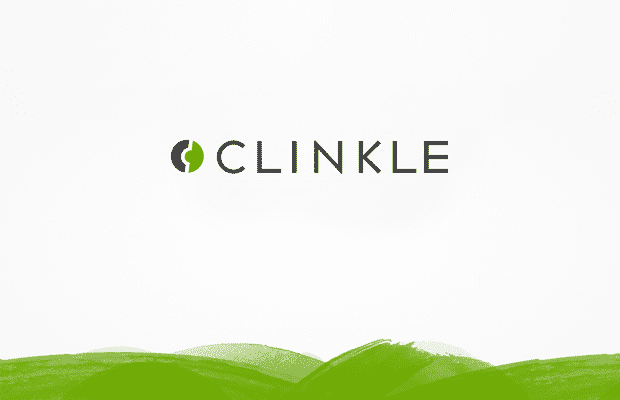The fact that the founder, Lucas Duplan, and his team try to keep the technology behind Clinkle and its features a secret, makes the app all the more interesting. Lucas Duplan is 22 years old recent Stanford graduate. He finished his computer science degree in three years and has been working on Clinkle for the past two years together with other students/dropouts.
Lucas Duplan, founder of Clinkle
So what is known about Clinkle?
Clinkle modest aim is to eliminate the physical wallet and change the way consumers pay for things. That is a very hard thing to achieve! It’s not like many other mobile payment startups haven’t been trying to do that and either got bogged down or failed entirely. In contrast to other startups that use NFC or QR codes to transfer money, Clinkle intends to use ultrasound for that, according to leaked information. This technology is branded as “Aerolink”.
But why should this ultrasound approach be the big game changer?
So far, the problem with mobile payment was the need for retailers to upgrade or change their hardware in order to be able to accept mobile payments. This can be a big risk, since it might involve a substantial financial investment and a low consumer adoption rate. Clinkle wants to sidestep this issue by eliminating the need to create a new payment infrastructure. With ultrasounds, smartphones could communicate with the mics of merchants’ smartphones, tablets and computers (should they use one of these devices). So there wouldn’t be a need for additional hardware. The company plans to start spreading through university campuses (hello Facebook), most probably starting at Stanford, Harvard, Princeton and Yale. The big question now is if Clinkle is actually able to change the mobile payment landscape in any significant way. The thing is, there is a clear answer on HOW to change payment systems. The technology is out there. But the more important thing is that there is yet no real answer on WHY we should change payments. The reality is that making a mobile payment or just getting your credit card out of your wallet takes about the same amount of time and effort. I hope Clinkle will find the right incentives to convince people to use their app, because, personally, I like the general idea of mobile payment as well as Clinkle’s approach. If you want to read more on mobile payments, then check out my overview on mobile payment solutions. What do you think? Can Clinkle be a successful business and change our payment behavior? Share your thoughts in the comments!

